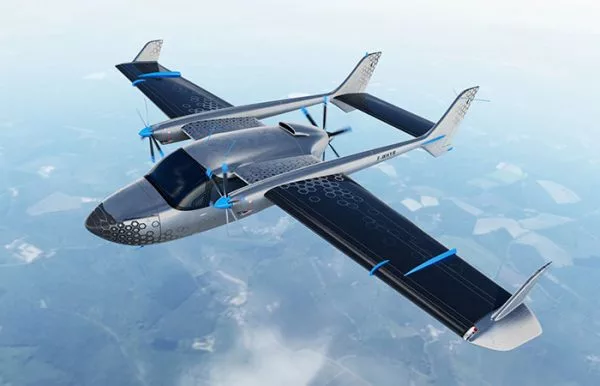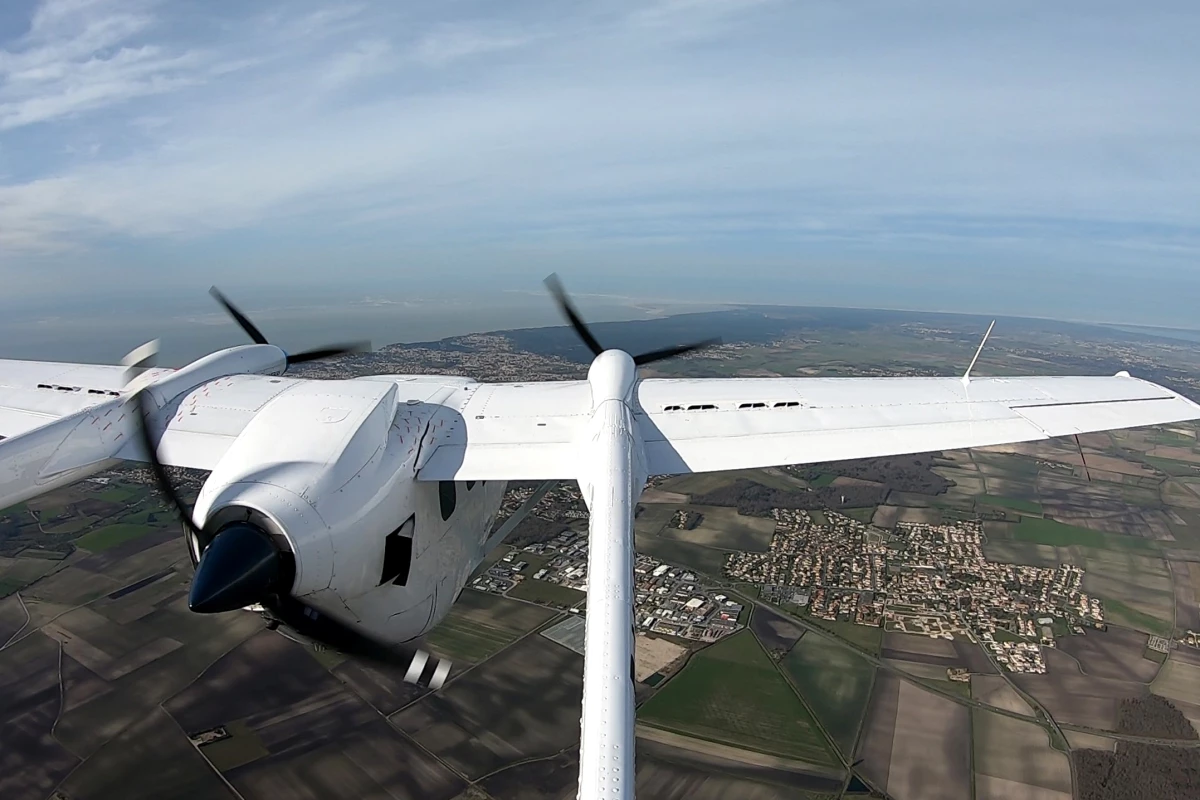As is the case with electric cars, battery range is still very much an issue with pure-electric aircraft. Hybrid propeller-drive systems are perhaps a better way to go – for now – and a new one was recently the subject of a successful test flight.
The flight was conducted by French startup VoltAero, utilizing the company's Cassio 1 testbed aircraft at the Royan-Médis Aérodrome in France.
Two propellers were installed on the wings (one per wing), each prop being driven by a separate 60-kilowatt ENGINeUS 45 electric motor made by Safran Electrical & Power. A third pusher propeller, in the rear of the aircraft, was powered solely by a conventional 170-kW combustion engine.

However, in the final production version of the aircraft, VoltAero plans on swapping the stand-alone rear engine for a hybrid power module. That unit consists of three 60-kW electric motors combined with a single 300-kW combustion engine, for a total output of 480 kilowatts. The module has already been built, but is currently still undergoing ground-based testing.
According to test pilot and technical director Didier Esteyne, the ENGINeUS motors were found to produce no vibrations and "extremely low noise levels."
VoltAero ultimately plans on manufacturing 4-, 6- and 9-seat versions of the Cassio. Company president Jeffrey Lenorovitz tells us that the plane should have a top speed of 200 knots (370 km/h or 230 mph) and a flight endurance of at least 3.5 hours. Deliveries are expected to take place between 2021 and 2022.
Highlights from the test flight can be seen in the video below.
Source: VoltAero







